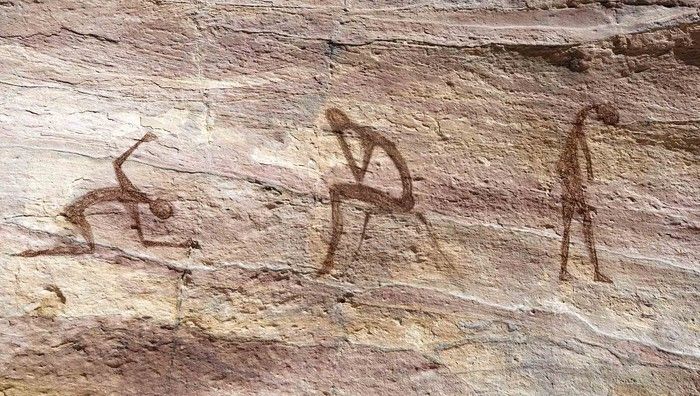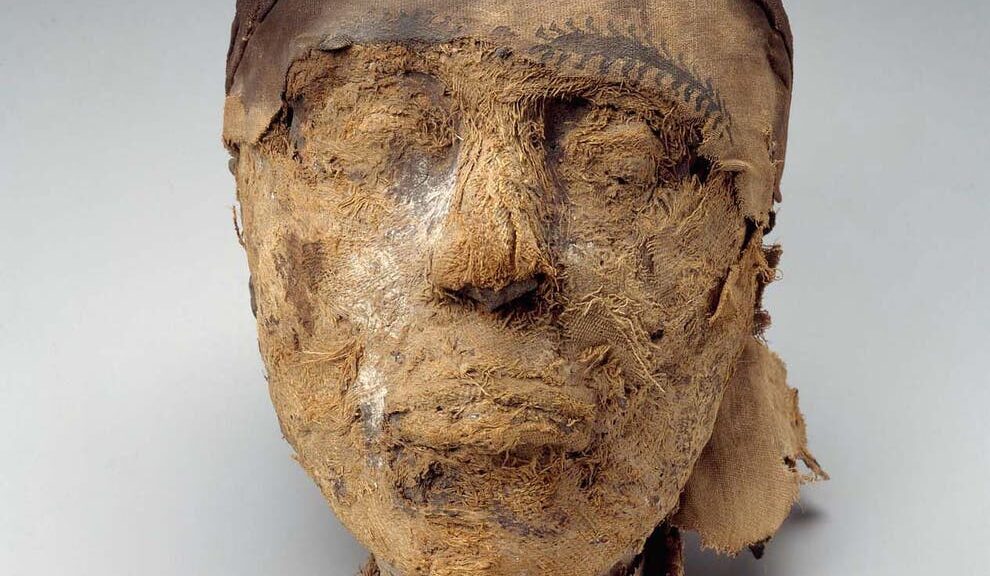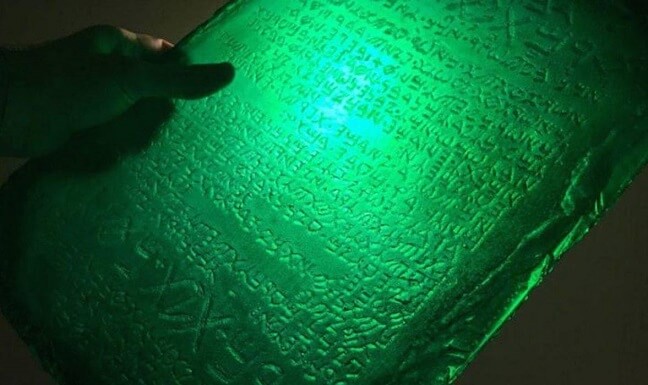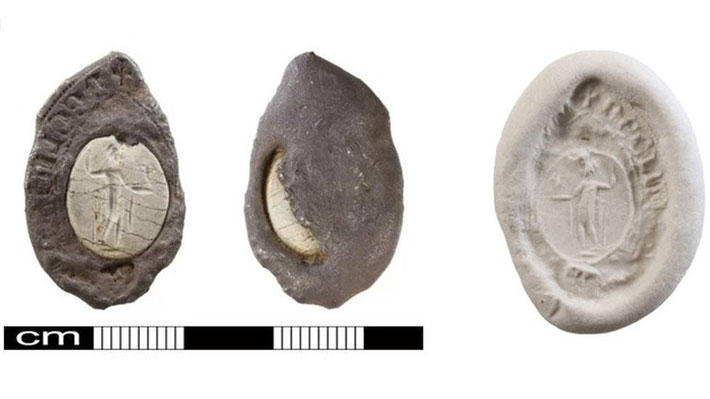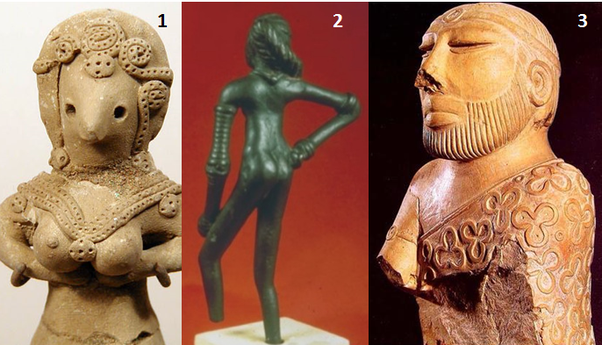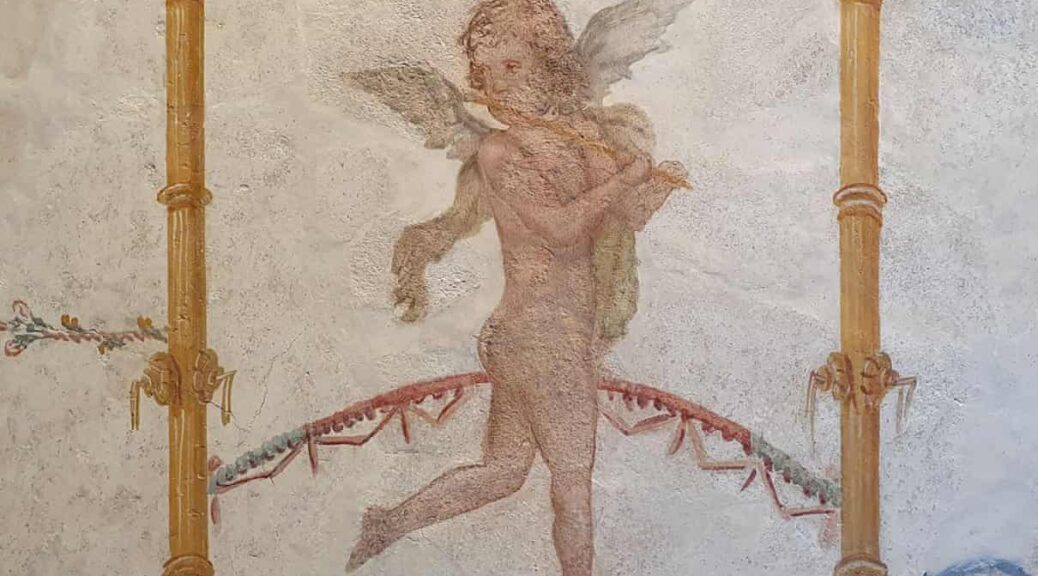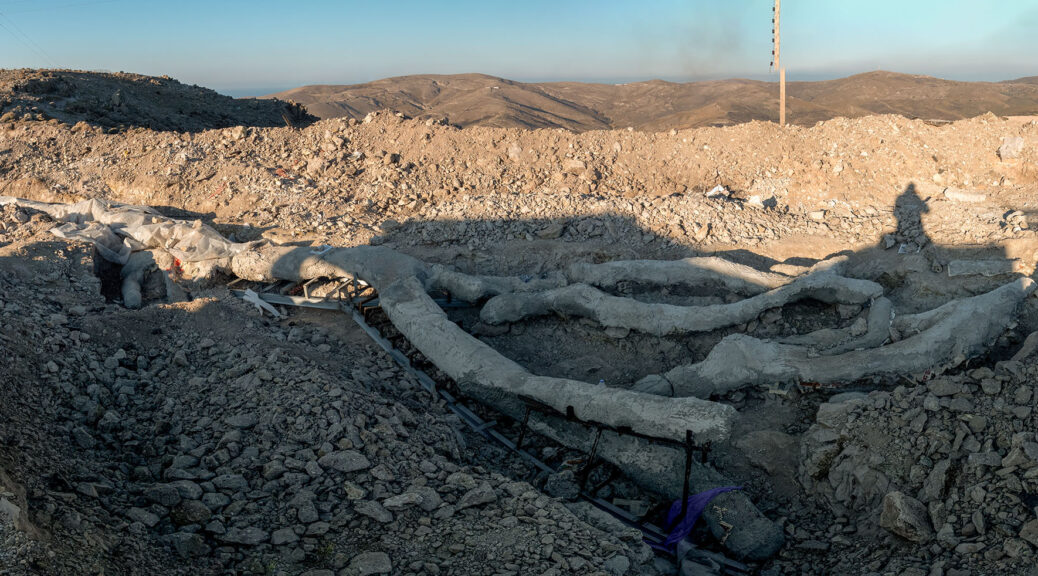Newly Discovered Cave Paintings Suggest Early Man Was Battling A Lot Of Inner Demons
The discovery of cave drawings in northern Spain by a team from the University of Cambridge suggests that prehistoric people struggled with a range of inner demons, nagging worries, and anxieties as they struggled with life’s demands in the Paleolithic era.

According to lead researcher Alan Reddy, the images found on the limestone walls and ceiling of the cave trace back to 14,000 B.C. and seem to indicate that early hunter-gatherers were often anxious about their ability to kill game animals, reeled from the challenges of raising a family, and “generally had a really hard time keeping it together.”
“While these pictographs are crude in terms of their rendering of human anatomy, they have a vivid expressive quality that led our team to surmise that Ice Age humans had an awful lot of personal stuff going on,” said Reddy, showing reporters a photo of a rudimentary figure painted in smeared charcoal that appeared to be on its knees weeping into its hands.
“Although we don’t want to read too much into these images at this point, it’s hard not to deduce that our prehistoric ancestors were often desperately lonely and felt like they had no one else to turn to.”
“This one seems as if it’s suddenly waking up in the middle of the night,” added Reddy, pointing to a figure that appeared to be sitting bolt upright on a mat of antelope skin. “If you look carefully, you can still see how the artist used daubs of yellow clay to drench him in sweat.”
Reddy confirmed that other images in the cave include a downcast man apparently being mocked by potential mates for his inability to start a fire, a woman using a stone chopping implement to cut her own body, and a seated man seemingly resigned to his fate at the approach of a charging mastodon.
Further chemical analysis will have to be conducted to determine if the ominous red handprints along the walls were symbolic works rendered in red ochre or simply the result of anguished early humans striking the stone surface until they started to bleed.
“What’s remarkable is how, with just a few basic pigments and the most primitive painting tools, our ancestors could so intensely portray their dread of dying alone or their toxic jealously of alpha males,” said Reddy, adding that only a highly-skilled but extremely alienated artist could use nothing but melted animal fat blown through a hollow bone to convey his dismay at having no one he could consider a close friend and realizing he was too old to make new ones.
“It’s clear that these humans felt so disconnected from one another, so unable to constructively address their problems, that they used these sad, disturbing paintings as their sole outlet for comfort.”
According to Reddy, the paintings not only represent the ability of Late Stone Age humans to express their immediate emotional torment but perhaps also to construct larger, more elaborate narratives of their prolonged, agonizing downward spirals.
Through paint-application analysis and radiocarbon dating methods, Reddy said his team was able to determine that individual artists sometimes depicted their unravelling over a series of months or even years.
“Here you can see the same figure gorging on bison and growing more and more obese, apparently stuck in a lengthy cycle of compulsive overeating,” said Reddy, adding that the self-destructive pattern was broken only once by an extremely brief sequence of dynamic images suspected to be a quickly abandoned attempt at the aerobic activity.
“The drawings finally stop after about 20 meters with a half-finished pictograph of what we speculate is the poor man attempting and failing to fit into his deer-hide frock and pants and then, out of apparent shame, opting not to leave his cave all day.”
“Honestly, I’m glad the paintings didn’t go on much longer,” added Reddy. “Archaeological discovery or not, it’s hard to watch a guy like this.”
The discovery of the images comes just weeks after archaeologists uncovered a separate set of cave paintings in southern France, whose artists reportedly hunted, reared children, and otherwise did the best they could without taking themselves so goddamn seriously.
